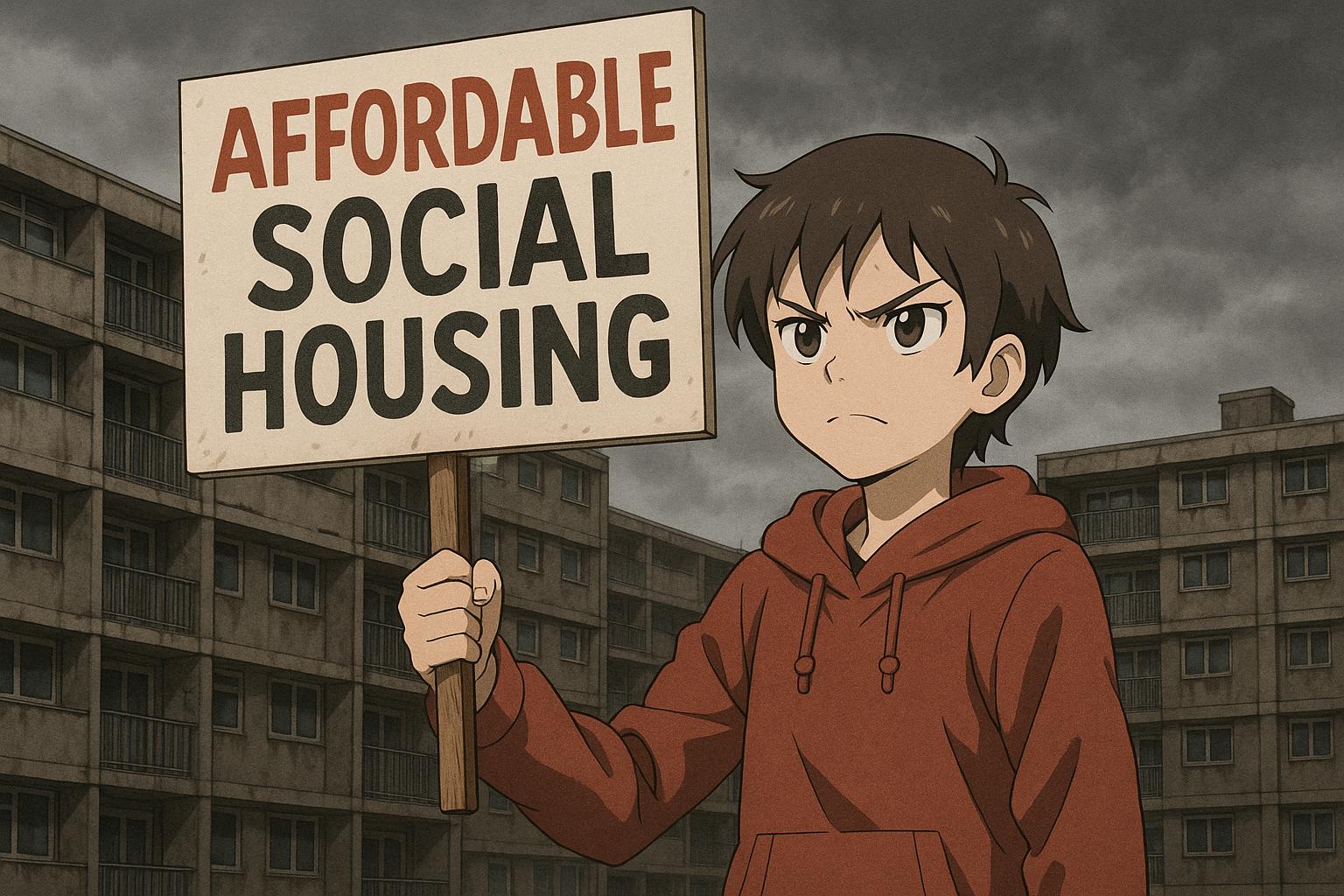The pressing crisis of social housing in Britain has reached an alarming juncture, primarily characterised by an acute shortage of available homes. This deficit is not merely a statistical anomaly but a grave issue that has real ramifications for millions—many now find themselves languishing on waiting lists that can extend to a staggering 100 years for family-sized accommodation. Charities are correctly branding this situation a national scandal, underscoring the pervasive and growing public discontent surrounding insufficient housing provisions and substandard living conditions.
Historically, the roots of this crisis can be traced back to a significant reduction in the affordable housing budget by 60% in 2010. This decision has drastically aggravated the existing shortages, forcing a vast number of individuals and families into the private rental market where purchasing a home remains a distant dream. The stark reality is that over 1.2 million households are currently sitting on council waiting lists, with more than 104,000 of them trapped in temporary accommodations, as reported by the Local Government Association. Furthermore, research by JLL reveals that addressing the 1.3 million households waiting for social housing in England would require a staggering financial commitment of £205 billion—nearly 17 times the current governmental investment in affordable housing.
Compounding these logistical problems are rising complaints about the quality of social housing. The housing ombudsman for England, Richard Blakeway, has alerted the public to the "simmering anger" festering among tenants, who are increasingly reporting issues such as mould and damp. This is emblematic of a systemic failure in the sector, which not only affects those without homes but also those who currently endure inadequate living conditions.
As the clock ticks down to a pivotal spending review expected from the Treasury, stakeholders from various sectors are clamouring for an increase in funding dedicated to effective social housing solutions. While the government has preliminarily allocated £2 billion—reported to be merely a down payment sufficient for about 18,000 homes—it is widely regarded as insufficient to meet the ambitious target of delivering 1.5 million new homes by 2029. Voices within the government, including Deputy Prime Minister Angela Rayner, are urging for a prioritisation of social housing in the upcoming budget, emphasising the need not just for new construction but also for adequate funding to raise living standards in existing units.
There is a burgeoning recognition that social housing issues cannot be relegated to secondary status. The recent introduction of regulations aimed at heightening accountability among housing associations signifies a shift towards a more professional management of social housing. Some reforms will yield immediate benefits, such as the imposition of Awaab’s Law, which mandates a 24-hour response time for emergency repairs, highlighting the urgency of rectifying existing failures in the system while establishing higher standards for future delivery.
Moreover, a growing consensus acknowledges the intrinsic link between housing and health. Polls consistently show that healthcare is a priority for voters; thus, ensuring access to safe, suitable, and affordable housing could form a crucial element of national recovery efforts. The funding of social housing and improvements to existing stock should be portrayed as public health measures, connecting the dots between having a solid foundation in housing and fostering overall community wellbeing.
In summary, the combination of the chronic shortage of housing, rising public dissatisfaction, and the urgent call for systemic reform marks a crucial period for housing advocates and policymakers alike. The forthcoming spending decisions will not only determine the future of social housing in Britain but will also significantly impact the quality of life for millions of residents across the nation. If the government is to undertake its role effectively, it must rise to the occasion and acknowledge that access to affordable housing is an essential right that extends beyond mere bricks and mortar.
Reference Map:
- Paragraph 1 – [1], [2], [4]
- Paragraph 2 – [3], [4]
- Paragraph 3 – [1], [2], [6]
- Paragraph 4 – [1], [2], [5]
- Paragraph 5 – [6], [7]
- Paragraph 6 – [1], [2]
- Paragraph 7 – [1], [2]
Source: Noah Wire Services
